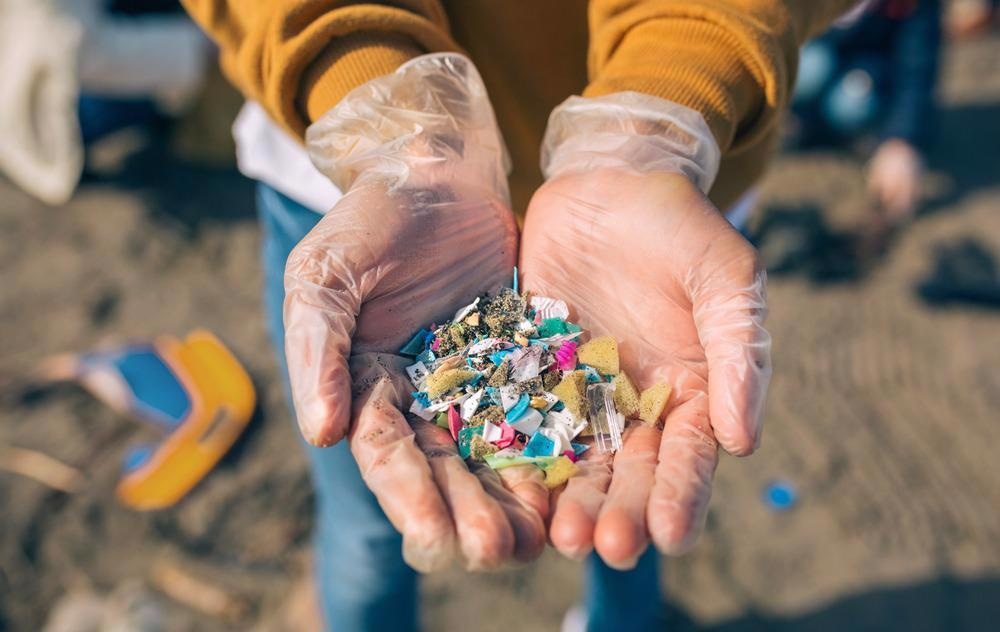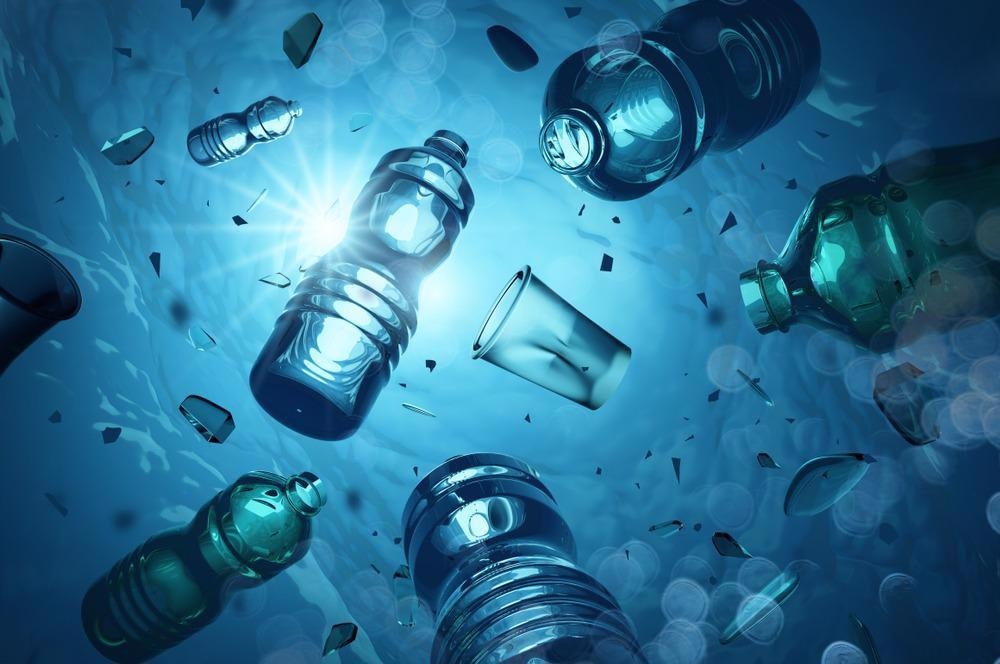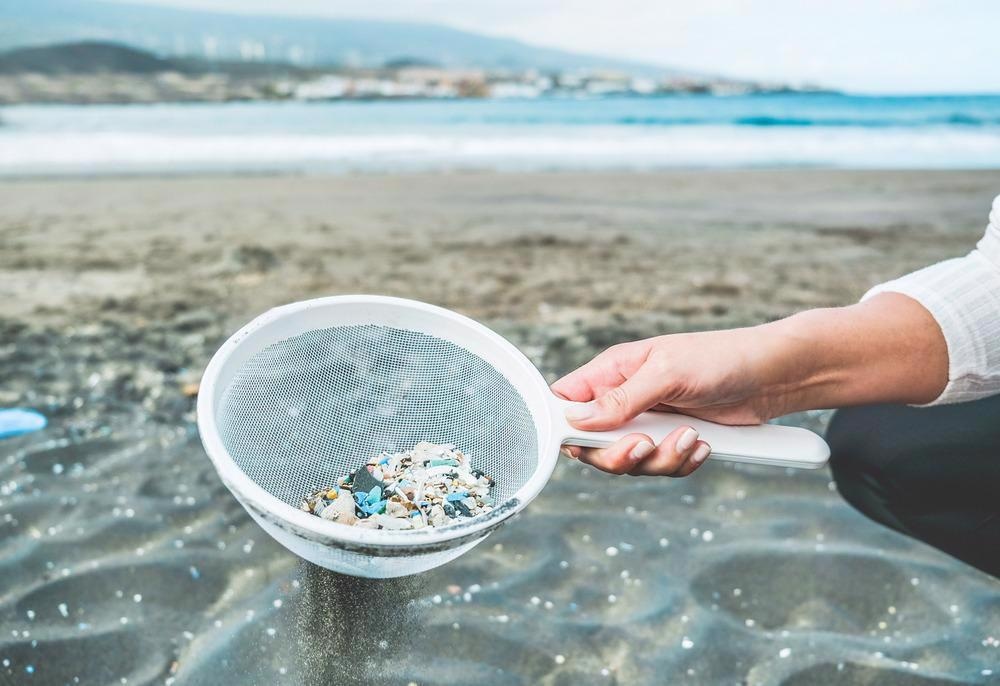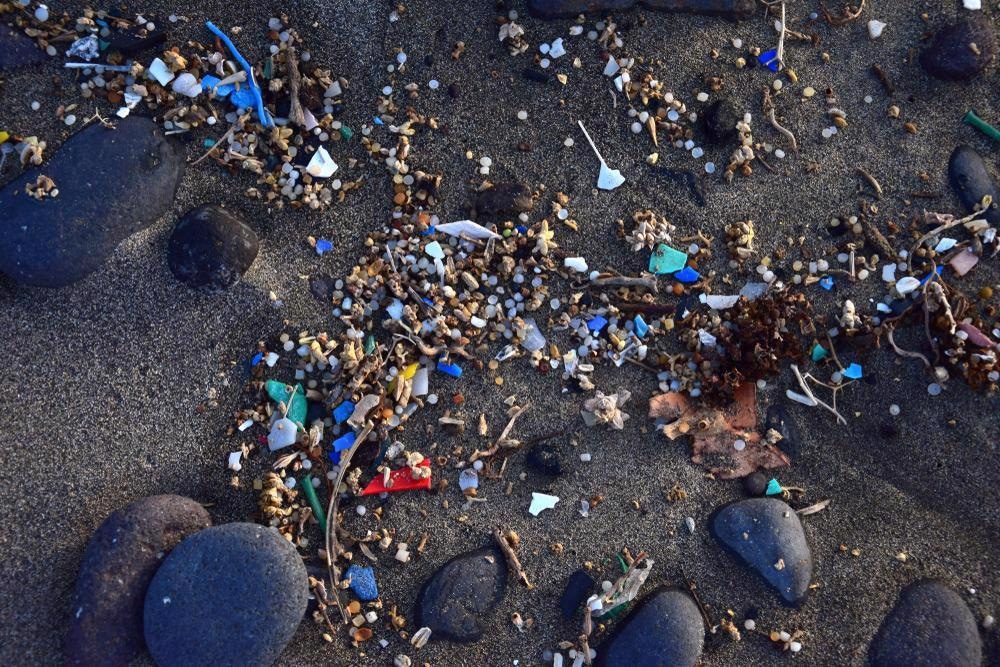In a world that relies heavily on plastic, the presence of synthetic material in the natural environment continues to persist. From packaging to consumer goods, plastic inundates everyday life even down to a microscopic scale.
Microplastics are fragments of plastic no more than a few millimeters in size and pose a significant pollution problem – particularly in lakes, rivers, mountaintops and even drinking water. Often, these scraps of plastic wind up accumulating in organisms and damaging ecosystems. Thus, advanced monitoring systems are needed to assess the impact of microplastics and offer solutions to mitigating their environmental consequences.
In this interview, Dr. Suja Sukumaran from Thermo Fisher Scientific speaks with Dr. Monica Arienzo from the Desert Research Institute in Nevada on how imaging, microscopy and chemical analysis tools are being used to help assess the impacts that microplastics are having on our environment, as well as broader issues around how these materials get into the environment in the first place and where the future may take this research.
How did you get started with microplastics, and what motivated you to go into this field?
My research into microplastics started when I was attending a conference in Switzerland. Prior to working on microplastics, I was studying human impacts on the environment.
When attending this conference, a researcher was discussing how they were finding these tiny pieces of plastic in Arctic sea ice. I was blown away and captivated by this talk. I came back to Reno, Nevada, and continued to think about these tiny plastic particles they were finding their way into the Arctic. It made me think: If they're finding these plastic particles in the Arctic, could they be in my backyard?
I started thinking about the snow that feeds our water resources here in the Western United States as well as the water resources themselves. All of these questions I kept ruminating as I read about microplastics.
There was an opportunity to apply for funding to do innovative research. My colleagues and I applied, we got the funding and began to study microplastics locally in our environment.
Where and what type of microplastics have been found so far?
So far, researchers have found microplastics all over the globe – from rainfall to the deep ocean, to sea ice in the Arctic, to sediments deposited in lakes and the ocean. There is still a lot of work that needs to be done to understand the sources of microplastics and their ultimate fate in the environment.
In my group, we primarily focus on microplastics in freshwater environments. Everywhere my group has looked, we have found microplastics. We found them in snow, in the mountain ranges out here in the Western US and in remote lakes and streams.
We have also been looking in more urbanized environments, and we have actually found microplastics in Lake Mead, which is an important water resource for Las Vegas. Other researchers have also confirmed that they too have found plastics in the waters that feed into Lake Mead.
We also recently started looking at the fish that live in the waters near Lake Mead and have also found plastics in their stomachs. We hope that we can continue to do this type of research to understand where plastics are located in the environment. We hope that we can help inform solutions to these microplastics in the environment.

Image Credit:Shutterstock/David Pereiras
Why is it so concerning to have these microplastics in the environment?
The science of microplastics is really an emerging field of research where I think we still have more questions than we have answers on what the impacts of these plastic particles in the environment are and what impacts to human health are.
There are a lot of great researchers working on this problem. What we found in my work is that there are plastics in essential water resources, and those water resources are important for agriculture use or for drinking water.
The state of California has led the way in studying microplastics. They recently published a methodology for how we can begin to study microplastics in drinking water. I know in the future, we are going to have more information about the impacts of microplastics on the environment and also where those plastics may be ending up.
I look forward to seeing a lot of that work as it will be really informative as we move forward.
As these particles are so small, can you outline how you went about working with them? What does the process look like to you from collection to analysis?
There are a lot of different approaches for how we sample microplastics in the environment. When we think about how we are going to sample and process our samples in the laboratory, we think about what the research question is that we are trying to answer and then what the best method is to apply.
In my group, a lot of our work is focused on sampling in remote, hard-to-reach places. We need a sampling approach that allows us to go to those remote locations to do our sampling and bring the samples back to a laboratory for processing in a clean environment.
Recently, we've been working on a method that uses a portable pump. We can carry this pump to our sampling location and pump water from the sampling site through a series of filters. These filters have holes in them of unknown size that the water flows through, and anything bigger than those holes will get trapped onto the surface of the filter. We then bring those filters back to our laboratory and remove anything that is not a plastic. We isolate the plastic material and analyze it.
Other things we may find on our filters that are not plastics include sediments, algae and sometimes bugs. We remove all that other material, isolate the plastics and then look at them under our Fourier Transform infrared spectroscopy instrument. This allows us to look at really small particles, down to about 20 microns in size.
We can use this instrument to identify the type of plastic in our sample. Then, we combine that information with information about the size, shape and color of the particle. All of that information helps us understand the potential sources of that piece of plastic. For example, if we identify a piece of nylon fiber in our sample, we would suspect textiles materials as a potential source.
All of this information together helps us to understand the types of plastics we are finding in the environment and where they are potentially sourced from.

Image Credit:Shutterstock/solarseven
You work a lot with the citizen scientists and volunteers. Can you describe how this process works?
One of my favorite parts of my job is working with the community. This is called citizen science, which means community members are taking an active part in the scientific process. I think microplastics, which can be hard to visualize in the environment, are something that we interact with all the time.
We really felt that this was a great opportunity to bring the community members into our research and help them understand this issue of plastics, plastic pollution and the amount of plastic we work with.
We hope that by engaging the community and our research, we can help inform solutions that are relevant to the community that we are working with. It serves as this two-way street where we get to learn from the community and about what's important to them, and then we also get to engage them in helping us do scientific research.
We have approached citizen scientists by working with local organizations that are already doing citizen science. We work with the League to Save Lake Tahoe, which already does a lot of citizen science work, studying pollutants in Lake Tahoe. We also work with nonprofits to tap into the local communities and engage individuals in our research.
We also do a lot of other work with local organizations, including Clean Up the Lake, which is another nonprofit working to remove trash out of Lake Tahoe. We work with them to help understand the sources of plastic pollution, so we can help inform future studies on how we can mitigate those sources.
What type of impact do you see these results having for environmental education and the whole thought process of the next generation?
I get to mentor students from high school through graduate school. The reason why I love this part of my job is that I get to work with students, doing hands-on research. These students come into my group, design their experiments, carry out those experiments and then they summarize their findings for the scientific community.
I love watching my students go through that process of learning the scientific process and seeing the end result of them presenting, whether it be at a conference or even locally within the community.
I also get a lot of inspiration from the students I mentor. The next generation of scientists are so creative, smart and dedicated to understanding these environmental issues and trying to find solutions to help address these relatively complex issues that their generation is going to have to help solve.
In addition to this work, we are in the beginning phases of developing a middle school lesson plan focused on plastic pollution and hydrology.
Here at the Desert Research Institute, we have a program called the Science of Life Program, where we create lesson plans for local Nevada schools. We develop these lesson plans, test them and disseminate them to the community. We provide all of the materials that the teachers would need to carry out those lesson plans. It is a positive and wonderful program because it allows teachers to use lessons in their classroom that have been tested and provides them with all the materials they need.
Hopefully, this will help to bring our research and our findings into the K - 12 space, which I think is important for getting kids interested in science at an early age.

Image Credit:Shutterstock/DisobeyArt
Where do you see your research going in the next five to ten years?
We are interested in understanding the sources of plastics in the environment and how they're transported within the environment and their ultimate fate.
We are focusing a lot of our work on looking at dryers as a source of microplastics to the environment. Every time you dry your clothes, the hot air that's generated inside of your clothes dryer is vented outside of your home. We did a series of studies working with citizen scientists and some laboratory-based studies where we tried to look at what is coming out of the end of those dryers and what is being vented into the environment.
Our preliminary data suggests that there is quite a bit of material that is actually making it out of that dryer vent and into the environment, and a subset of that material is, in fact, synthetic. This may be an important source of plastics, particularly in the US, where this is the standard type of dryer that we have that vents this hot air outside.
When you think about how many people and how often you dry your clothes, and you multiply that, it becomes a fairly big number. This is one area of research we are working on to get at one potential source of plastics.
The other way we are looking at the source of plastics to the environment is by looking at large pieces of plastic in the environment. This work is trying to understand how those big pieces of plastic may be breaking down to form these microplastics.
To do this work, we have been doing both laboratory and field-based studies. In the laboratory, we expose plastics to different environmental conditions. Then we look to see if we can see those changes we see in the laboratory in environmental plastics. How might these big pieces of plastic be breaking down to form smaller and smaller pieces of plastic?
Both of these studies are focused on understanding the sources of microplastics found in the environment. I hope that we can use the science we learn in these examples to help inform solutions to where the plastics are coming from and reduce those inputs into the environment.

Image Credit:Shutterstock/SannePhoto
Do you face certain challenges with certain techniques or methods when trying to analyze or come to a conclusion in some of your studies?
One of the main challenges right now that we are facing is that there are so many questions that we have about plastics. I think one thing that would help, particularly with the work my group does on freshwater microplastics, would be to develop a rapid screening approach.
We spend a lot of our time collecting these samples and analyzing them in the laboratory. Suppose we could find a faster way to rapidly screen a location or screen a sample to see if there are microplastics. That would really be helpful because then we can then target areas of interest.
If we are really interested in highly contaminated areas, we could rapidly screen to see if they are contaminated and then do a deep dive into that one location or one sample type to see what plastics are present, how many there are and what type they are. One area that would really help push environmental microplastics forward is a rapid screening approach.
Where do you see the whole plastic pollution research going in the next couple of years, and is cleaning up the entire planet actually achievable?
When I think about cleaning up pollutants, I often remind myself about the Clean Air Act and the Clean Water Act here in the US. In particular, I am drawn to thinking about lead pollution. When cars were first becoming popular, leaded gasoline was commonly used. We realized that lead in that gasoline was actually making its way into our environment, and it was actually found in blood samples of children and adults. That led to legislation that restricted the use of leaded gasoline. When we look at the lead records, whether in atmospheric or ice-core samples, we can see this decrease in lead concentrations in the environment.
I always remind myself of the ability when we come together, whether it be at a national scale or even at a global scale, to tackle pollutants, that we really can make a difference. There are a lot of opportunities out there to find these solutions. When we come together, we can make a difference and reduce pollutants in the environment.
Sometimes it does feel a little out of reach, and that it is going to be difficult. It will be difficult. We have identified pollutants in the past, and we have been able to find solutions. I believe that the solutions, particularly for plastic, will be complex. But we will be able to develop solutions to complex problems by bringing different perspectives together to think about these issues.
Disclaimer: The views expressed here are those of the interviewee and do not necessarily represent the views of AZoM.com Limited (T/A) AZoNetwork, the owner and operator of this website. This disclaimer forms part of the Terms and Conditions of use of this website.